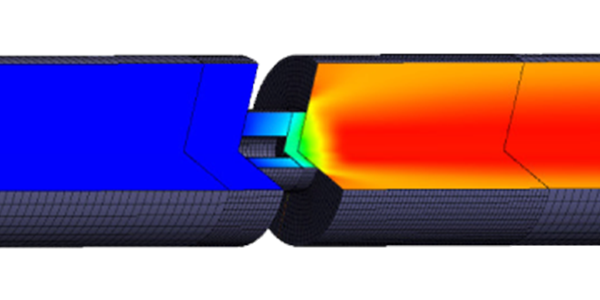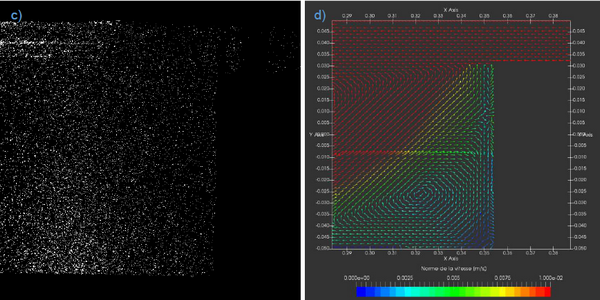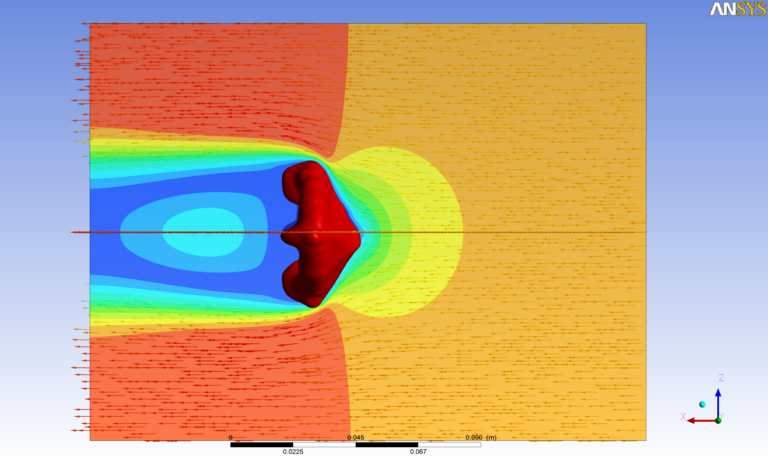Context
For atmospheric dispersion studies, in the case of a liquefied gas pipe rupture, the source term at the level of the breach is generally based on the assumption of a leak in the liquid phase, totally neglecting upstream vaporization in the pipe.
This assumption is highly penalizing in terms of leakage mass flow rate, does not reflect reality and thus leads to an overestimation of the quantity of material released.




